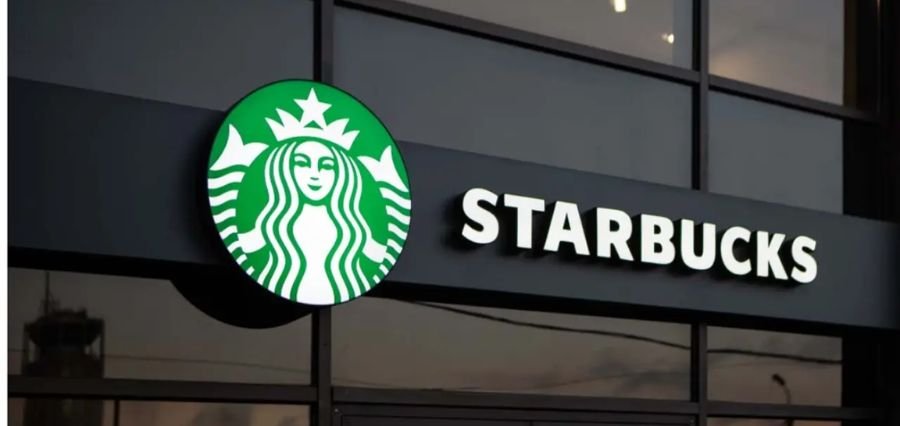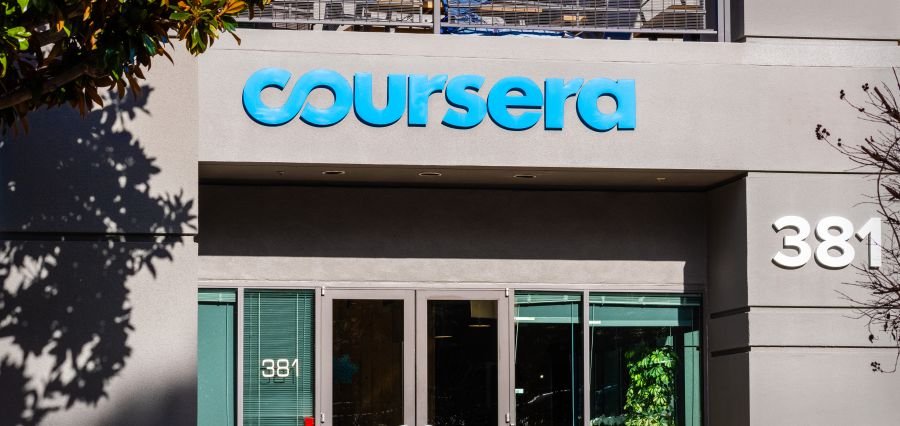Prime Highlights:
- Starbucks doubles in-office days for corporate “people leaders” to four a week.
- Leaders who will not relocate to Seattle or Toronto have option of one-time voluntary buyout.
Key Fact:
- New policy starts late September, same time as Starbucks’ fiscal year begins.
- Applies to U.S. and Canadian corporate employees in support and regional offices.
Key Background:
Starbucks is going all out on a significant work-from-home policy reversal under CEO Laxman Narasimhan, requesting corporate “people leaders” to report to the office for four days beginning later in September. It is a reversal of the now three-day requirement and is part of the company’s broader organizational overhaul to drive more face-to-face collaboration, accelerate decision-making, and restore growth acceleration.
The new mandate is for workers who manage others in Starbucks’ Canadian and U.S. support centers and regional offices. As part of its push to centralize even more, the company is also requesting that these workers relocate to its Seattle headquarters or Toronto support center within 12 months. Those who won’t or are unable to do so will receive a voluntary transition incentive package, but no figures have been disclosed. Notably, the policy shift only involves current employees in management roles, and although such employees’ teams can telecommute, new hires or internal transfers to these roles must still be Seattle- or Toronto-based at least for now.
The action follows a prior reorganization in February when Starbucks cut over 1,100 corporate jobs and removed troubled offerings from its menu to better cut costs and prioritize profitability. The expanded in-office policy keeps that momentum going, instructing Starbucks’ leadership to work toward long-term objectives and reinforcing an innovation- and agility-driven workplace culture.
As Starbucks is courting cooperation and presence, it honors changing work-life needs and is giving employees a dignified exit rather than coercive moving. The strategy mirrors industry-wide developments as big businesses retool hybrid offices to power collaboration and performance. With the company restoring its brand, this office comeback strategy marks a clear move towards operational alignment and cultural harmony at every leadership level.









